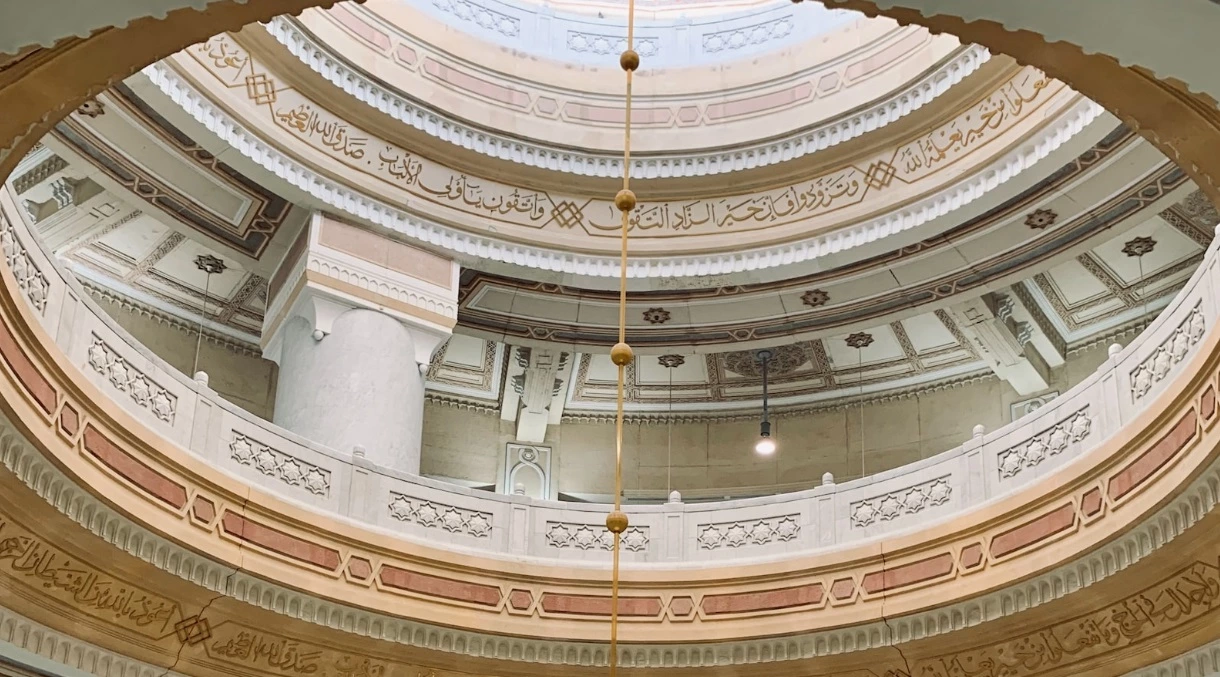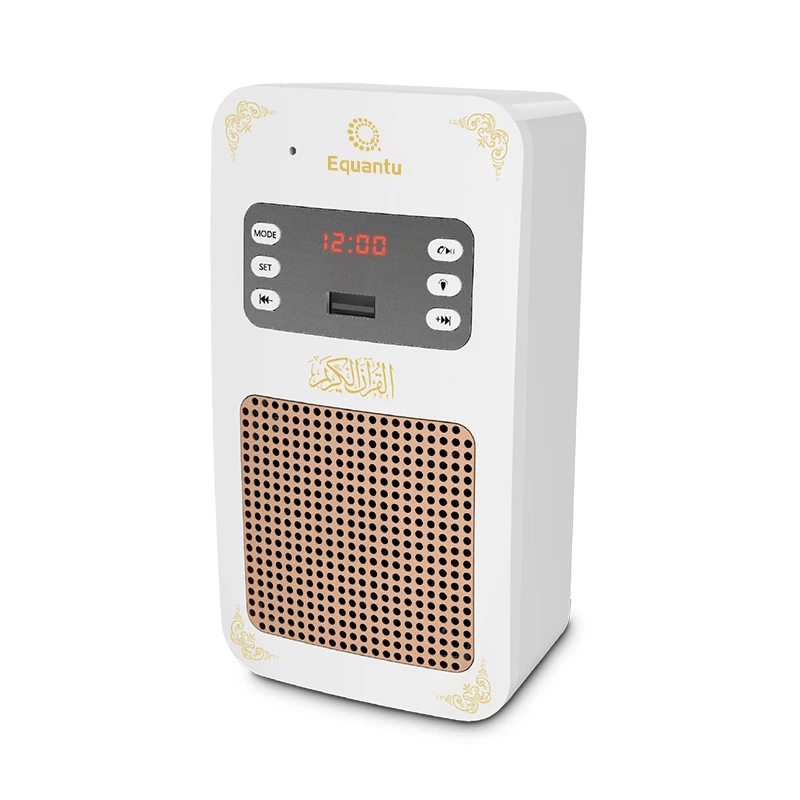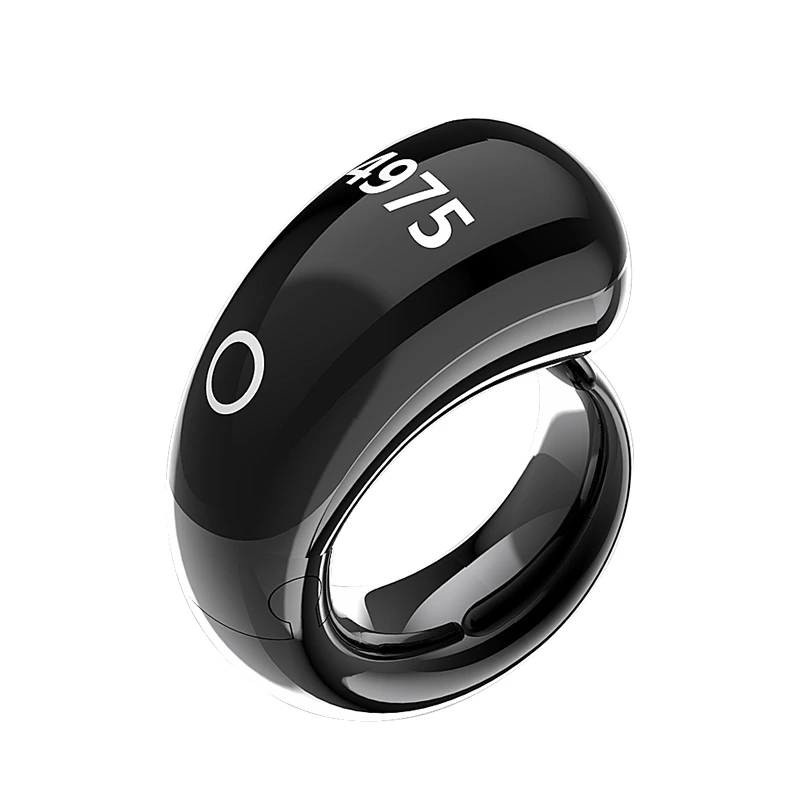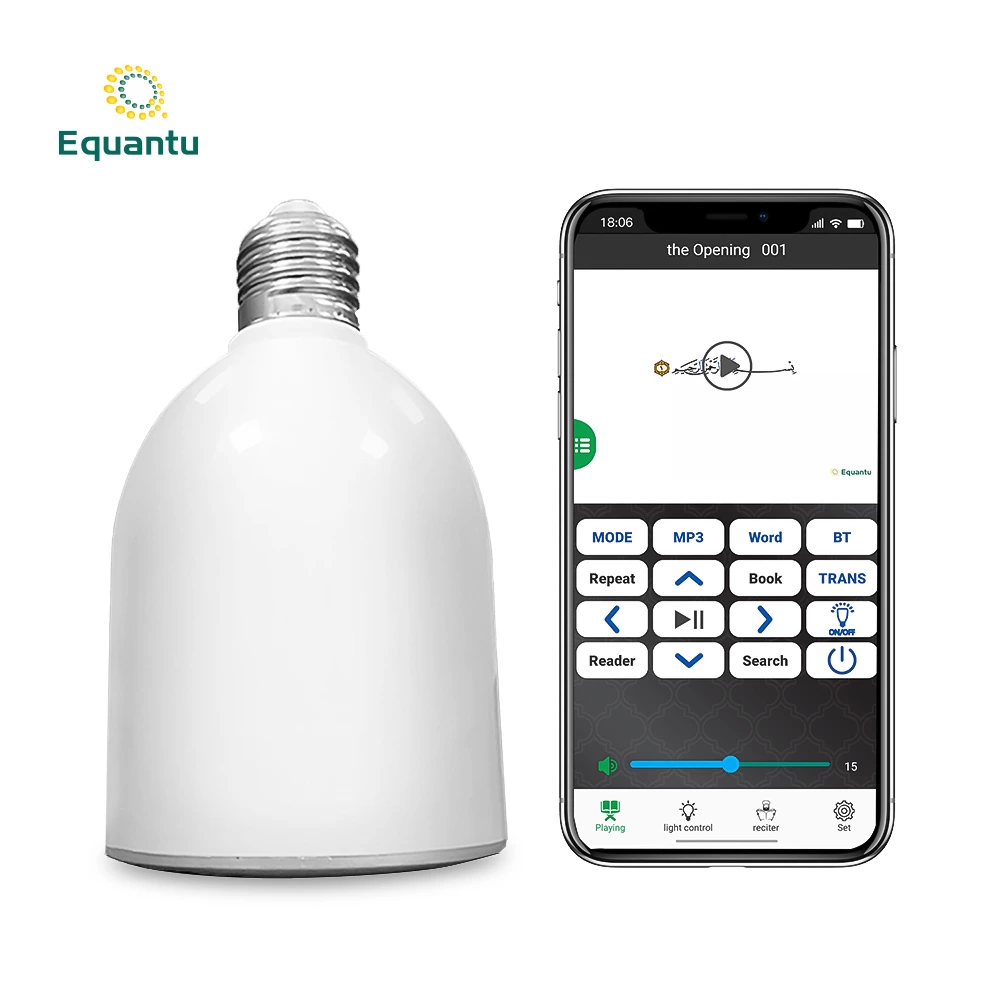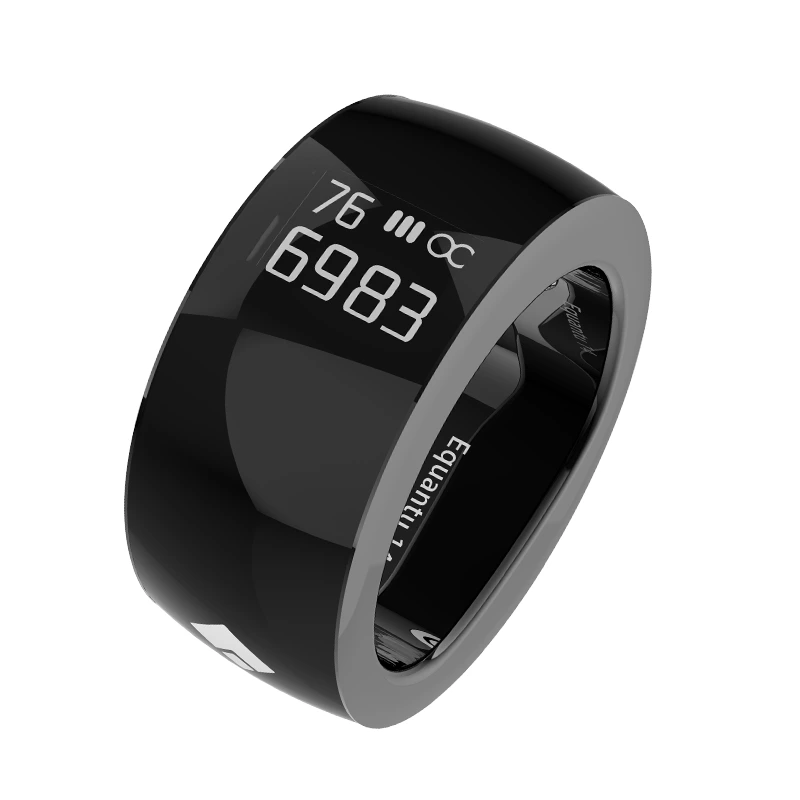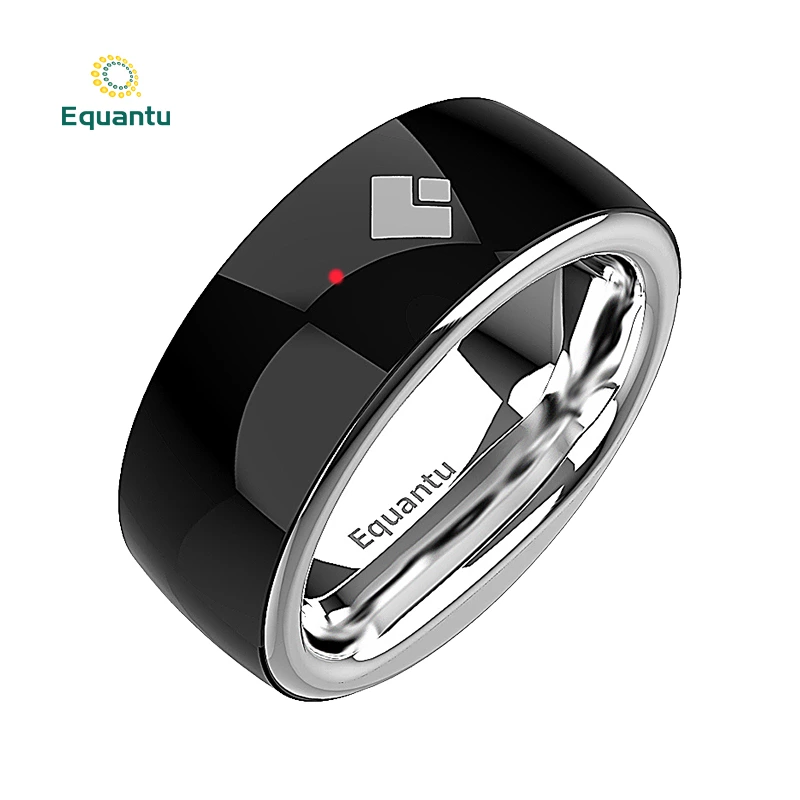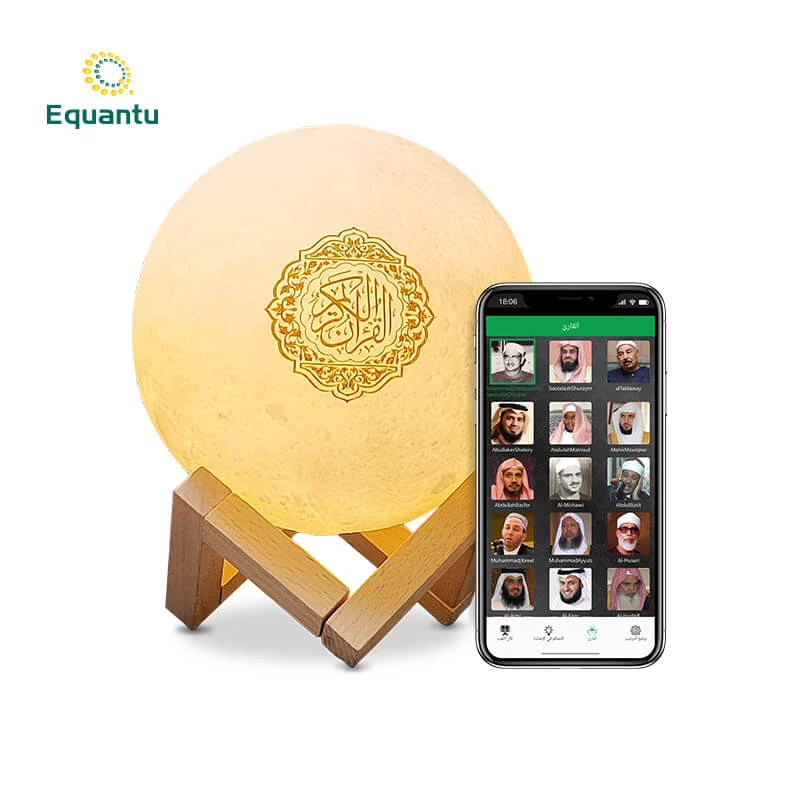1. Origin and History of Prayer Rugs
The use of prayer rugs can be traced back to the early days of Islam.
•Traditionally, prayer rugs originated from nomadic cultures, providing nomads with the convenience to pray anywhere at any time.
2. Functions of Prayer Rugs
2.1 Providing a Clean Prayer Space
•Islam requires that the place of prayer must be clean. Prayer rugs provide believers with a portable clean space.
•Whether outdoors, in offices, or other public places, prayer rugs ensure a suitable place for prayer.
2.2 Direction Indication
•Many prayer rug designs include an arrow or arch pattern pointing towards Mecca, helping believers determine the correct prayer direction (qibla).
2.3 Spiritual Focus
•Prayer rugs create a personal sacred space, helping believers concentrate during prayer and avoid external distractions.
3. Design and Symbolic Meaning of Prayer Rugs
3.1 Patterns and Colors
•Prayer rugs are often decorated with geometric patterns, floral designs, or images of mosques.
•Prayer rugs from different regions have their unique design styles, reflecting local cultural and artistic traditions.
•Colors also have symbolic meanings, for example, green is considered a sacred color in Islamic culture.
3.2 Materials
•Traditionally, prayer rugs were made of wool or silk. Modern prayer rugs also use materials like cotton and nylon.
•The choice of material considers both practicality (such as durability and portability) and comfort.
3.3 Size
•The size of a prayer rug is usually sufficient to accommodate one person kneeling, but there are also larger family prayer rugs.
4. Etiquette for Using Prayer Rugs
•Ensure that both the prayer rug and the user are clean before use.
•The prayer rug should be laid out facing Mecca (qibla).
•Shoes should not be worn on the prayer rug.
•After use, the rug should be carefully folded and properly stored.
5. Adaptation of Prayer Rugs in Modern Life
•The popularity of portable travel prayer rugs adapts to the mobile lifestyle of modern Muslims.
•Modern materials that are waterproof and quick-drying make prayer rugs more practical.
•Some high-tech prayer rugs are even equipped with compasses or electronic qibla indicators.
6. Cultural and Artistic Value of Prayer Rugs
•Prayer rugs are not only religious items but also important cultural and artistic pieces.
•Many museums collect and display ancient prayer rugs as representatives of Islamic art.
•The craftsmanship of making prayer rugs is considered an important cultural heritage in some regions.
Conclusion
The importance of prayer rugs in Islamic worship is reflected in both their practical function and deep cultural symbolic meaning. They not only provide Muslims with a convenient tool for prayer anytime and anywhere but also become a link connecting individuals with faith, tradition with modernity. Understanding the significance of prayer rugs helps us gain a deeper insight into Islamic culture and the daily faith life of Muslims.
